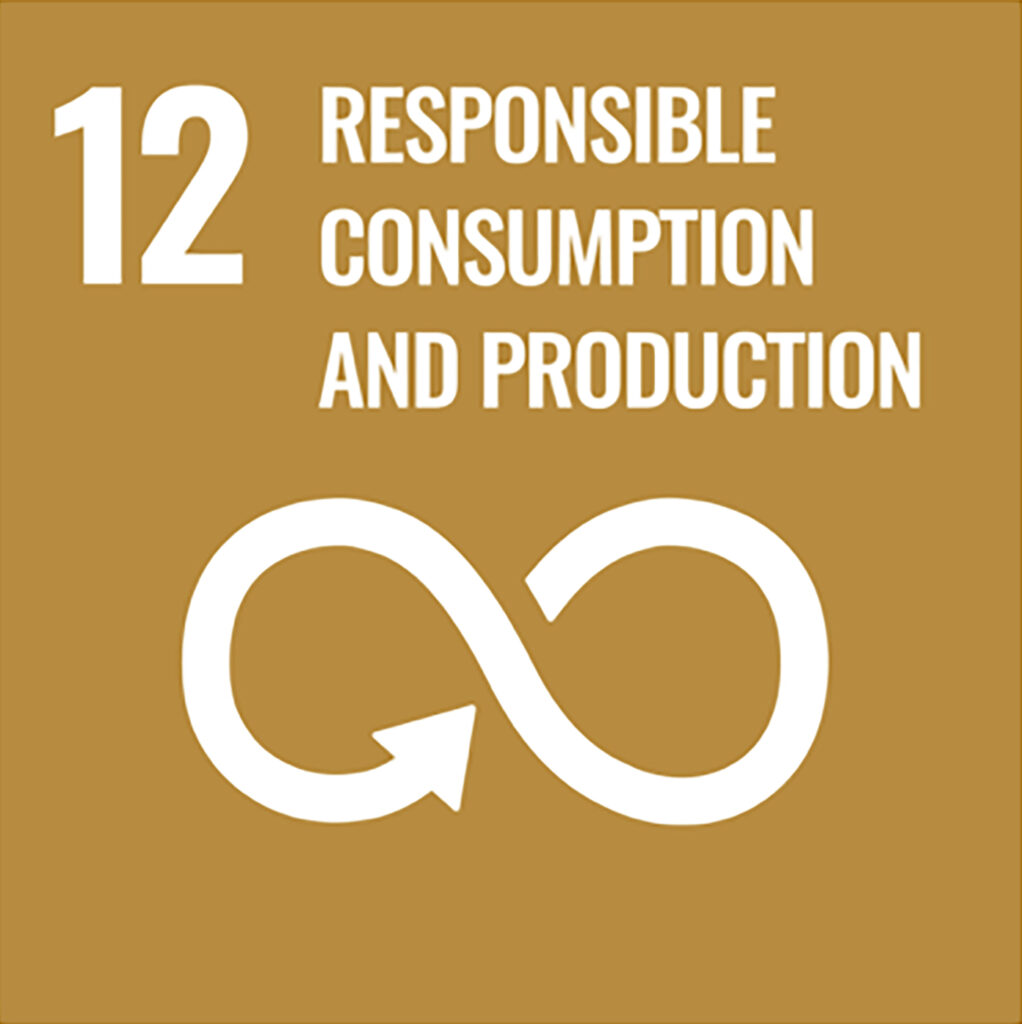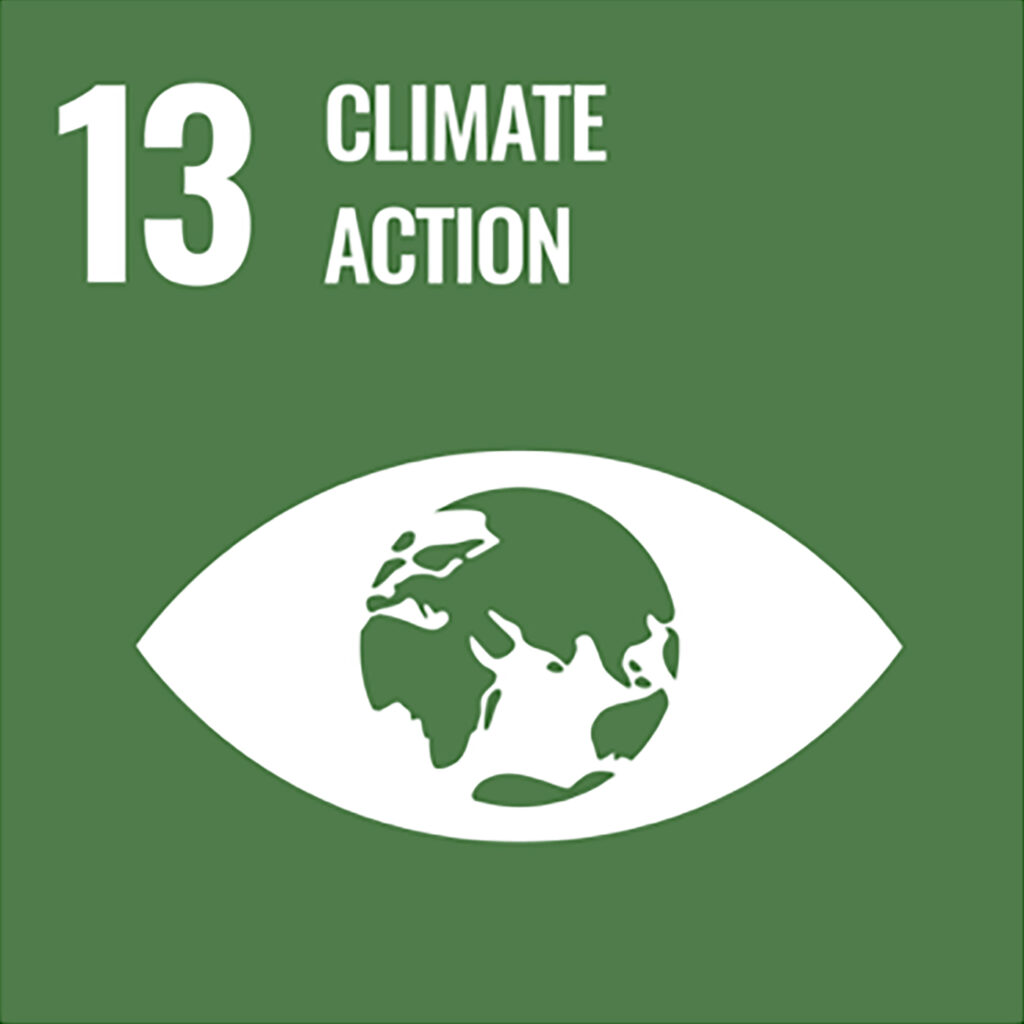(un)natural cycles and necro-business
Ayça Okay
Nathalie Rey: (un)natural cycles and necro-business
Ayça Okay
Working between Berlin and Barcelona, the multidisciplinary artist Nathalie Rey, is currently showcasing her project Live Well, Die Well as a result of her residency at Gate 27. This project critically examines the ramifications of cyclical phenomena within modern society, such as life and death. Inspired by the philosophical musings of Henri Bergson, who views life as a constantly evolving entity, Rey delves into history, tracing the intricate relationship between humanity and the environment from prehistoric times. Drawing from the insights of feminist scholar Donna Haraway, Rey assumes the role of a cultural archaeologist, investigating how ancient concepts of death, mourning, and loss have shaped modern practices, particularly in the context of colonialism in the British American colonies. During her two-month research period as part of Gate 27’s residency program, Rey focuses on various stages of human life cycles in different parts of the Istanbul metropolis by organizing visits to places such as cemeteries and funeral houses, sharing her encounters and testimonies with cemetery directors, and continuing her collaborative approach by working with local producers. Observing cemetery ecosystems in countries like France, Spain, and Turkey, Rey realizes that elements such as graves, bodies, plants, animals, cleaning products, visitors, ceremonies, and perceptions of death form an interconnected, interdependent, and mutually influential biological system. Although diversifying these established and interdependent systems with ecological management proposals has become increasingly possible today, it faces difficulties from a normative perspective. The Labbé law enacted in France in 2017, banning chemical pesticides in the maintenance of parks, gardens, and roads, has positively affected cemetery management.
In contrast, ecological options are almost nonexistent in Spain, and existing laws are incompatible with societal development and climate urgency. The Spanish Mortuary Health Police decree maintains outdated criteria dating back to 1974. It only promotes polluting and costly cremation methods, supporting burial practices that apply harmful substances to the soil and unsustainable use of natural resources. Although alternative options for eco-friendly burials are not offered due to religious beliefs, burials are considered ecologically friendly in Turkey.
Despite the presence of entrenched practices in legal and belief systems, the experience of the COVID pandemic, a period of tragedy surrounded by death, pain, and loss on a global scale, has shown the possibility of a world without funeral and mourning ceremonies. Nathalie Rey sheds light on feedback loops and dependency phenomena, emphasizing the relationship between humans and nature by highlighting environmental issues with the exhibition, (un)natural cycles and necro-business. She advocates for promoting the most straightforward and least polluting death and mourning processes, pointing out that funeral ceremonies often contain elements harmful to nature and, therefore, are unnatural. Building on this, she examines ecological burial and cremation methods, which have already been used in some European countries and certain states in North America and have created their markets. She explores practices such as “resomation,” where the body is dissolved into a water and alkali solution, and “terramation,” where the remains are transformed into the soil through continuous oxygenation in a closed container filled with straw and wood particles.
During her two-month residency at Gate 27, she aims to present an alternative to nature’s recycling via this exhibition, showcasing a pink, biodegradable coffin made from organic wool fibers. By meticulously planning the “inevitable end,” often approached by individuals akin to Romantics but avoided in confrontation, Rey embraces the potential for personal healing. Through the delicately designed organic coffin tailored to his body measurements, she nods towards “Pink Capitalism,” aiming to pass on the world’s resources to future generations efficiently. Rey undoubtedly seeks to draw attention to the challenges frequently faced by queer communities and the increasing reports of deaths in Turkey with an artist’s sensitivity. The pink color, symbolizing compassion and hope as a blend of appetizing red and the purity of white, appears in this exhibition as a metaphor rather than a marketing symbol for various economic activities designed for LGBTQ+ groups (such as bars, nightclubs, and accommodation services). It highlights the discriminatory practices and normative language in death and condolence regarding gender identity, indicating who can mourn and who deserves respect.
Another work completing the sense of a funeral is a video named The Gravedigger, where the artist excavates a grave amidst a natural setting and interments the household refuses. The shift in perspective in the closing scene suggests that this burial symbolizes our demise. Additionally, a slideshow comprised of photographs depicting cemeteries from various parts of the world titled Before We Earned a Better Living is highly moving, as it highlights that life on earth can only exist through the concept of limitation, which is the opening sentence of a telephone interview between the artist and the former director of a coffin factory in Catalonia.
In the work titled Diamonds Are Forever?, Rey reverses the symbolic meaning of diamonds by referencing the biological cycles in nature, highlighting the fragility of natural processes. Diamonds, a rare gem buried deep within the earth’s depths and only brought to the surface during volcanic eruptions, symbolize a cycle formed by the penetration of ocean layers into the Earth’s mantle and transportation by volcanic lava. This process is connected to the carbon cycle that sustains life, shaping our understanding of the complex relationships between humans and nature and the formation of the world. While emphasizing the vulnerability of natural processes, Rey synthesizes complex phenomena occurring at heterogeneous scales by loosely placing paper diamonds on a section of the display where natural hair strands are showcased to which the paper diamonds are affixed. This visualizes the relationship between natural hair and fake diamonds, an artificial gem processed to become valuable. Rather than portraying death rituals in a sensational or pornographic manner, Rey emphasizes the meaningful and environmentally sustainable aspects of human existence.
Additionally, Live Well, Die Well involves prints displayed on the exhibition space walls, featuring analyses of catalogs sourced from online funeral product sales platforms. According to research, the Global Funeral Services Market was estimated to have a volume of USD 14.24 billion in 2023. Rey remembers the marketing tactics that boost the potential of this immense capital pool. The study, which includes the most ambitious corporate marketing tools, such as “personalized product” offerings, presents a contradiction between individualization arguments and standardization and commodification despite the unlimited range of customization. Coffins, becoming kitschy with various imagery and striking color palettes, appear on posters as promotional and advertising material.
With her exhibition titled (un)natural cycles and necro-business, Nathalie Rey proposes a less harmful, economically rational, culturally respectful, and environmentally sustainable extinction for an equal, fair, healthy, and clean existence.
References
3 Donna J. Haraway. Vivre avec le trouble. Les Éditions des mondes à faire, 2016. p72
Bilge, S. (2024, April 15). LGBTİ+ ölüm cinayet ve cenazeleri üzerine yasin politikası. Bianet.
Yazar, A. (2020, June 28). Pembe ekonomi ayrımcılığı bitirir mi? Sol Haber.
European Environment Agency. (2019). Banning pesticide use in French cemeteries. EEA Report No 14/2019.
Aydoğdu, H. (17 December 2207). Bergson’un Ontolojisinde Sürekli Bir Oluş, Özgürlük ve Yaratma: “Evrim” ve Evrimin Ontolojik İlkesi: “Hayat Atılımı”. SSS Journal, 3(11), 1709-1718.
(2022). Uluslararası karşılaştırmalar (s. 59). Erişim adresi: https://assets.publishing.service.gov.uk/media/5e32d378e5274a08e4a7daa7/international_comparisons__reformatted_.pdf
The Guardian. (2023, February 19). Human composting: inside the industry trying to ‘green’ deathcare. https://www.theguardian.com/society/2023/feb/19/human-composting-industry-deathcare
Research and Markets. ( February 2024). Global Funeral Services Market Report]. Research and Markets. Erişim tarihi: [21.04.2024], ID: 5753605




